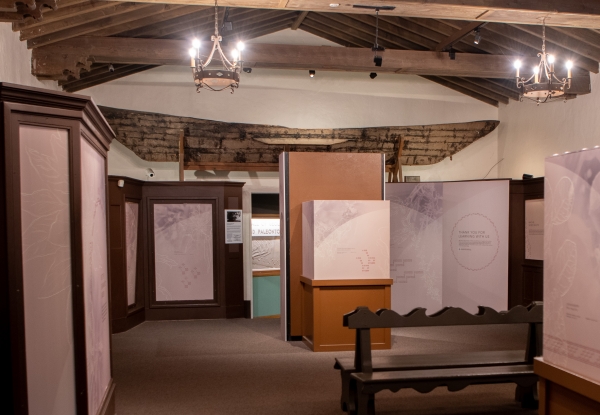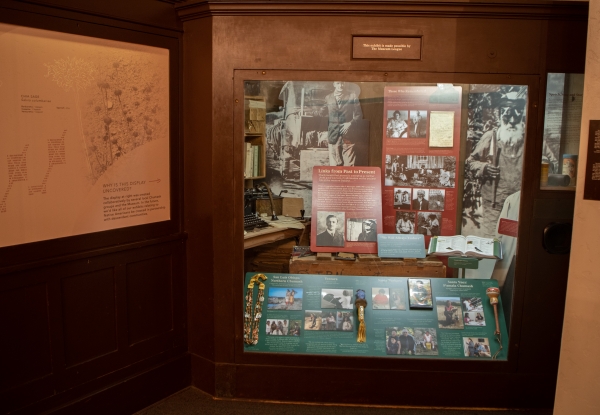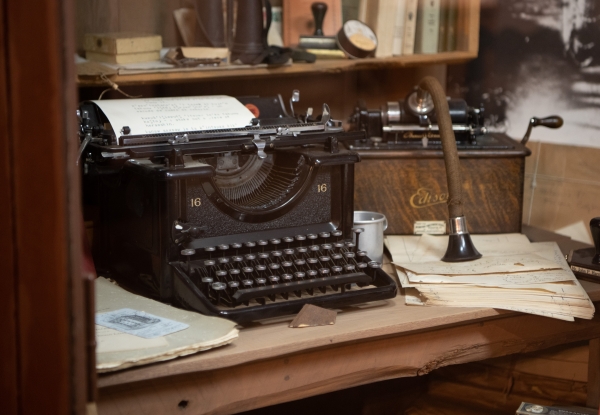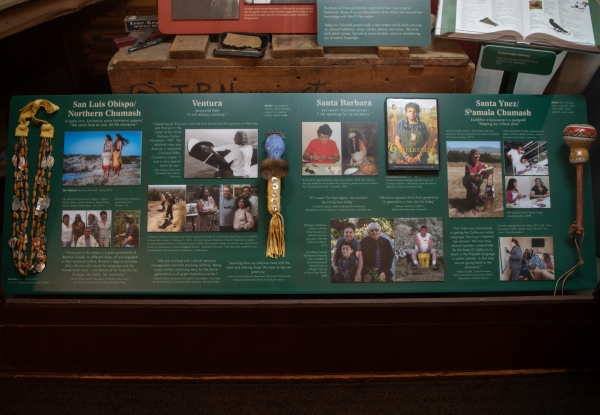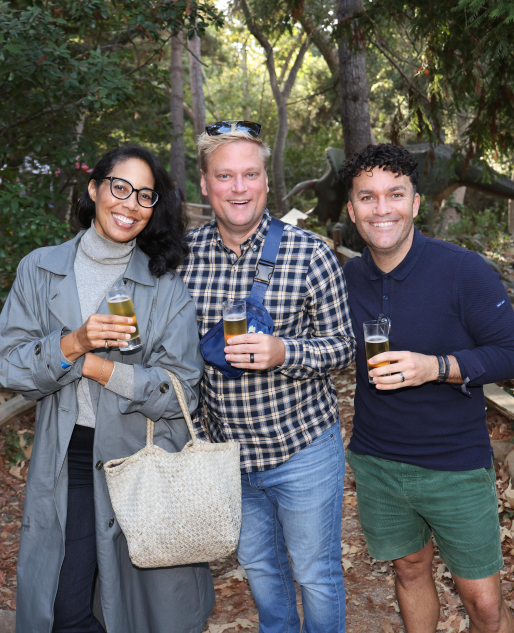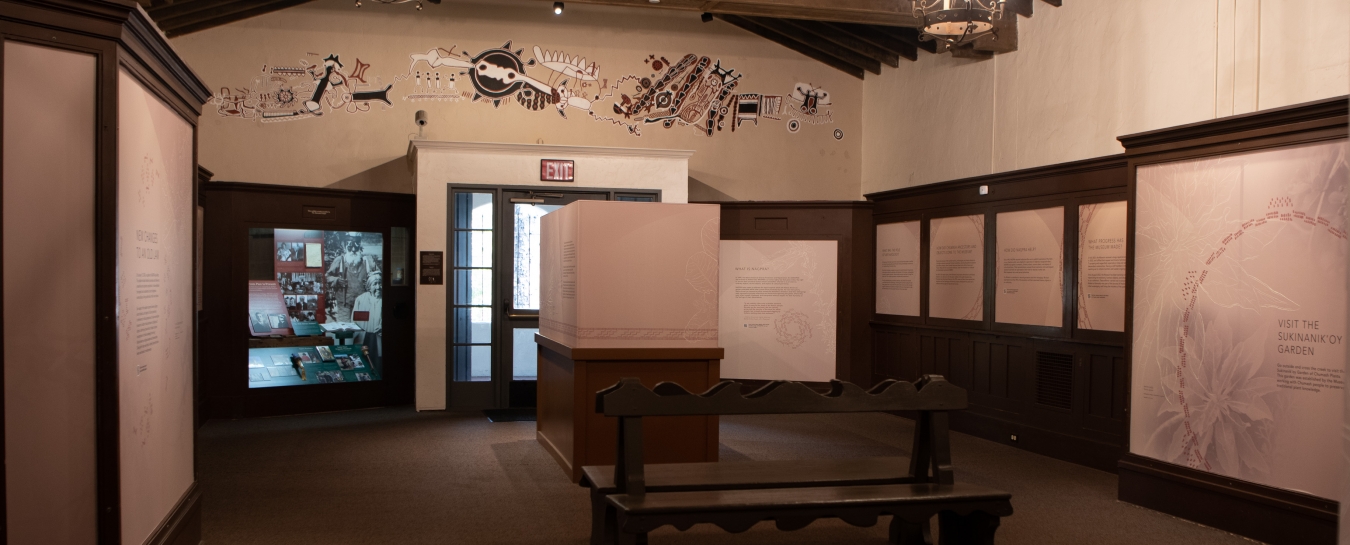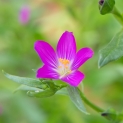Chumash Life
Most Chumash Life exhibits are temporarily covered, pending ongoing tribal consultation. While the exhibits are in transition, text on the case covers introduces the Native American Graves Protection & Repatriation Act (NAGPRA) and explains its relevance to museums around the country. Find out why this important human rights law was first enacted in 1990, improve your understanding of its scope, and get familiar with the updated regulations of 2024.
To learn about Chumash ethnobotany, please cross the creek and visit the Sukinanik'oy Garden of Chumash Plants.
Fernando's Canoe
Above the door at the end of the room is a very special Chumash plank canoe, or tomol, that never went to sea. Fernando Librado Kitsepawit, a Chumash man, saw the last original tomols as a boy in the 1850s. He was in his seventies when he shared his memories with the anthropologist John P. Harrington. Together they built this tomol for display in 1915. The knowledge they preserved has allowed new tomols to be built and cross the Santa Barbara Channel today.
Included with Museum admission, Members are always free. Chumash Life is ADA accessible; visit our accessibility page for more information.
